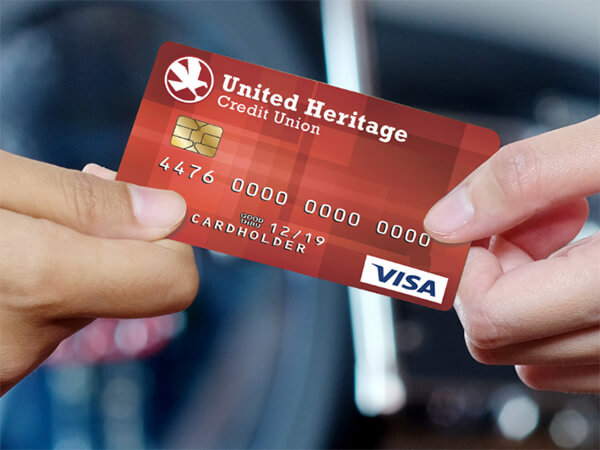Credit is having access to something before you’ve actually paid for it.
Borrowing is accessing funds so that you can purchase something and then paying that money back with interest. The ability to borrow adds flexibility to planning and makes it possible to purchase items over a period of time
No matter what type of credit/loan you choose, be sure to read and understand the repayment terms and all aspects of the agreement before committing. Be sure to only borrow money you’re sure you can repay.

Types of Credit
Secured Credit: With secured credit, an asset (or collateral) is required to secure the loan. The actual item is not held but the title to the item is usually retained by the lender. This enables the lender to assume limited risk – if you miss payments, the lender can collect against your collateral.
Secured, closed-end: This type of loan is most common for mortgage, auto and boat loans, as well as for other expensive items. The title of the property is held by the financial institution as security against the balance of the loan. The loan is repaid by installments over a period of time. As the balance of the loan goes down, there is no access to any more credit on that loan, and you must apply for another loan.
Secured, open-end: This is a type of revolving credit that is secured by an asset. Debts can be repaid in single, multiple, equal or unequal payment. Examples of this type of credit include home equity lines of credit and secured credit cards.
How to Establish Credit
The best way to build individual credit is to start small and build up.
- Research your options first - look at things like interest rates, fees and penalties for late payments - then apply for a closed-end loan through a financial institution.
- The best way to build a positive credit history is to pay your bills on time, so make sure that the credit grantor regularly reports bill-paying history to a credit bureau.
- If you obtain a credit card, use it and make payments on time. In six months, consider applying for a second card.
- Continue using the cards and paying the bills on time. Soon, grantors will be coming to you and offering you credit.


How to Rebuild Credit
In order to rebuild your credit, it’s important to know your current credit score. Obtain a copy of your credit report from all three credit bureaus to gain a better understanding of your credit situation. Make sure all information is correct; if you see any errors, contact the bureau immediately and work toward correcting the mistake.
If you currently have credit cards, there are a few things to keep in mind:
- Keep the cards that have been open the longest. Older accounts show a longer credit history, and even if that history is littered with late or missed payments, it still works to your benefit.
- Do your best to pay off balances and always remember to make your payments on time.
- If you’re able, try and keep your outstanding revolving debt at 40 percent or lower.
